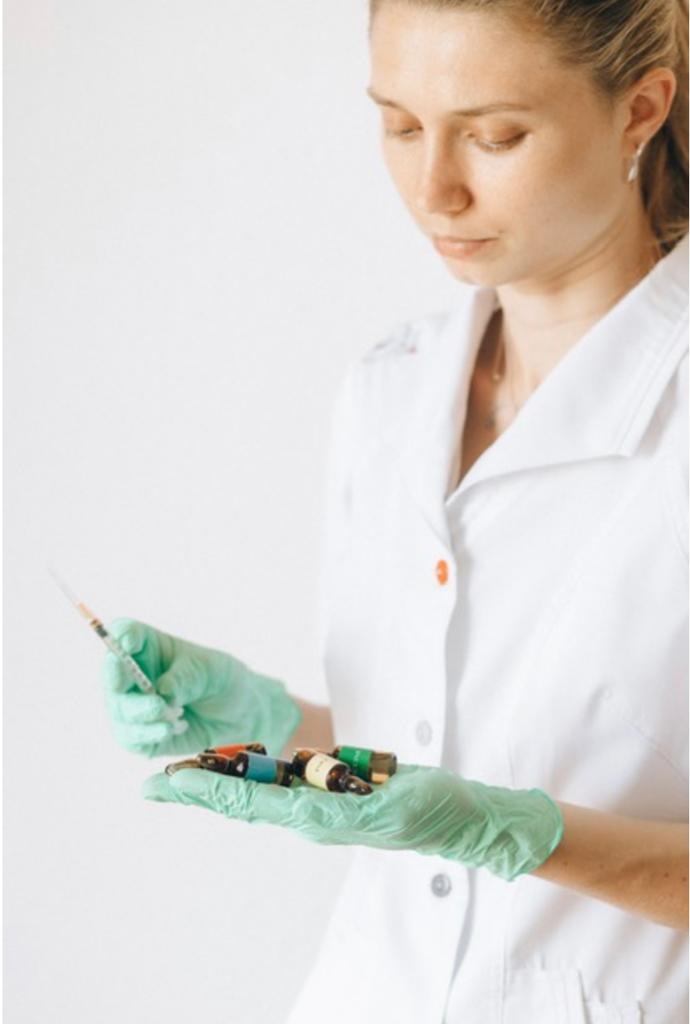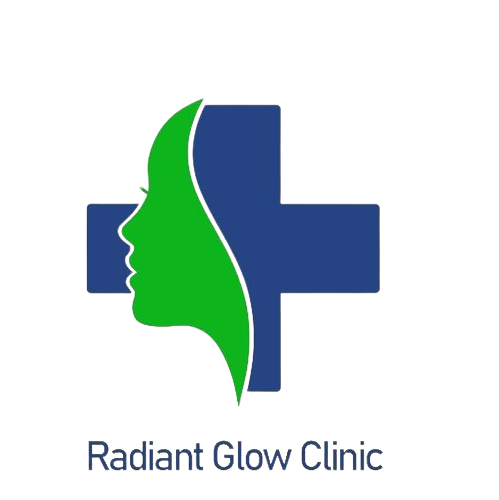Pap smear screening has transformed cervical cancer prevention through early detection of precancerous changes, markedly reducing both incidence and mortality. By collecting and analyzing cervical cells, Pap tests can identify abnormal or infected cells—often caused by high-risk human papillomavirus (HPV)—before they progress to invasive cancer. Regular screening, beginning at age 21 and continuing through age 65 according to established guidelines, empowers individuals and clinicians to intervene promptly, improving treatment efficacy and long-term outcomes across diverse populations.
Early Detection and Prevention
Pap smears detect precancerous cellular changes on the cervix, enabling treatment of abnormalities before they evolve into cancer
CDC
. The test uses a speculum to collect cervical cells, which are then examined microscopically for dysplasia or malignancy
Cancer.gov
. Combined with HPV testing—either as a cotest or standalone for women over 30—screening identifies the virus responsible for most cervical cancers, facilitating preventive measures such as closer monitoring or immediate intervention
MedlinePlus
.
Screening Guidelines
– Ages 21–29: Pap test alone every three years
ACOG
.
– Ages 30–65: Pap test every three years, high-risk HPV testing every five years, or cotesting every five years
USPSTF
.
– Over 65: Screening may cease after adequate negative prior tests and no history of significant abnormalities
USPSTF
.
Reduction in Incidence and Mortality
Widespread Pap smear programs have driven an over 80% decrease in cervical cancer incidence and mortality in screened populations
Cancer.gov
. Population-based studies confirm that regular cytology-based screening can prevent most cervical cancers by catching cell changes early
Cancer.gov
. In the United States alone, cervical cancer deaths dropped from over 4,000 annually in the early 1990s to just over 4,000 new cases and about 1,300 deaths reported in 2021–2022, due largely to screening efforts
CDC
.
Cost-Effectiveness and Economic Benefits
Cervical cancer screening via Pap smears offers substantial economic advantages by reducing treatment costs for advanced cancer
CDC
. CDC’s National Breast and Cervical Cancer Early Detection Program (NBCCEDP) provides low-income, uninsured women access to screening and diagnostics, preventing high-cost treatments and improving public health equity
CDC
. Cost-utility analyses consistently show that screening every three to five years is highly cost-effective compared to no screening
NCBI
.
Additional Health Benefits
Beyond cancer prevention, Pap smears sometimes detect noncancerous conditions such as infections or inflammation, guiding timely treatment
Cancer.gov
. Abnormal results may prompt colposcopy, biopsy, or targeted therapy, preventing progression toward malignancy
Cancer.gov
. Moreover, screening appointments offer opportunities for patient education on HPV vaccination, sexual health, and risk-reduction strategies
CDC
.
Conclusion
A Pap smear’s simplicity, combined with its proven effectiveness, makes it a cornerstone of women’s preventive health care. By following age-based guidelines and integrating HPV testing, individuals can achieve peace of mind, reduced cancer risk, and improved health outcomes. Embracing regular Pap smears not only saves lives but also alleviates treatment burdens and fosters a proactive approach to cervical health.

